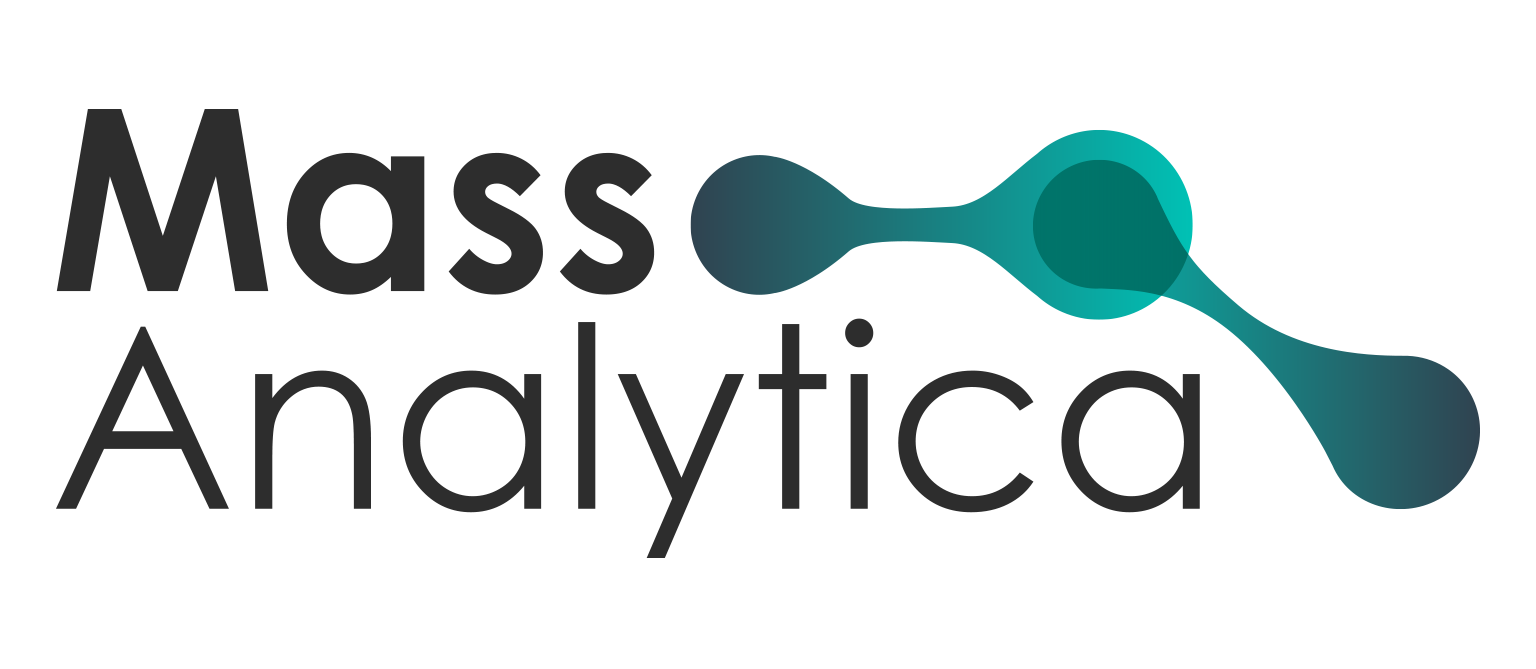Solutions for OMICS
Since the initial version of Lipostar, there have been significant strides to add features in collaboration with users to enable further data analysis in ways that other software platforms seldom provide. Here we present how the trend analysis, a new tool for global lipid profiling data analysis setup by Sanofi, was implemented and incorporated in Lipostar. The trend analysis is a versatile tool, which finds applications not only in biomarker’s discovery, but also in isotope clustering, in detecting in-source fragmentation or dimerization. In addition, clustering using K-Means or Bisecting K-Means are also available to discover new trends in data beyond what is anticipated at the outset. During this presentation, the various application of trend analysis tool will be described.
